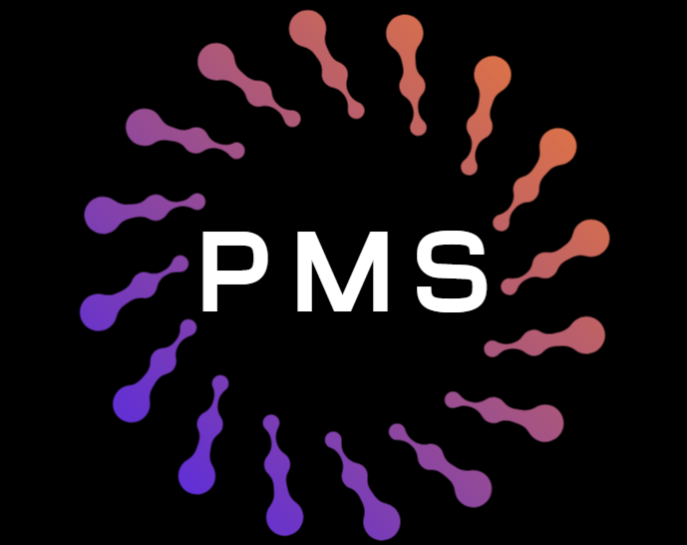FROM IDEA TO IMPLEMENTATION
My Web Development Journey: Learning, Experimenting, and Creating
- First Steps in HTML and CSS
- JavaScript: The Next Step
- Creating Interactive Projects with JavaScript
I started my web development journey by learning HTML and CSS, two of the most fundamental technologies for building web pages. I learned how to properly structure web pages using HTML, creating elements such as headings, paragraphs, images, and links, forming a solid foundation for future projects. At the same time, I began using CSS to style these elements, learning how to design attractive and functional pages that are also responsive and adapt seamlessly to any device or screen resolution.
I am about to embark on my journey into JavaScript, the language that will bring my web pages to life. JavaScript is essential for adding interactivity to websites—I will learn how to handle user events, manipulate HTML elements, and implement useful functionalities such as form validation. These skills will transform my websites from simple static pages into dynamic and interactive web applications.
Once I master the fundamentals of JavaScript, I plan to apply my new knowledge in simple yet practical projects. I will build websites that respond to user actions, such as a button that changes the page color or a form that validates input data. These projects will be excellent for reinforcing my skills and gaining a deeper understanding of how JavaScript works in real-world applications.
Tools I Use:
- Visual Studio Code
- HTML
- CSS
- JavaScript
Visual Studio Code is my preferred code editor due to its powerful features such as intelligent autocompletion, built-in debugging, and a wide range of useful extensions that enhance the workflow, including those for HTML, CSS, and JavaScript.
HTML is the foundation of every web page. I use it to create meaningful and logical structures that can later be styled with CSS, including essential elements such as headings, images, links, and lists.
CSS allows me to bring web pages to life by giving them an attractive and modern look. I am learning how to create responsive designs that adapt to different screen sizes and how to style HTML elements to make them more visually appealing and user-friendly.
JavaScript is the next technology I am learning to add interactivity and dynamism to my websites. It enables me to manipulate HTML and CSS elements to respond to user actions, creating engaging web experiences.
Learning Resources:
- W3Schools
- MDN Web Docs (Mozilla Developer Network)
- FreeCodeCamp
- YouTube - Educational Channels
W3Schools offers clear tutorials and simple examples, making it an excellent platform for beginners to learn the basics of HTML, CSS, and JavaScript while practicing fundamental concepts.
MDN Web Docs is a comprehensive and detailed resource for web developers. It provides in-depth documentation on HTML, CSS, and JavaScript, along with code examples and clear explanations, making it an essential reference throughout my learning journey.
FreeCodeCamp offers an interactive learning experience with exercises and projects that help apply what I've learned in a practical way. It is an excellent resource for deepening my knowledge and building a portfolio of projects that showcase my progress.
Traversy Media - Provides clear and detailed tutorials on web development, covering HTML, CSS, JavaScript, and popular frameworks. Brad Traversy explains complex concepts in an easy-to-understand way, making it ideal for visual learners.
The Net Ninja - Another great channel for learning web development. The tutorials are well-structured and cover a wide range of topics, including HTML, CSS, JavaScript, and frameworks like React, Vue, and more.
Key Technologies in Web Development




In web development, technologies are the key to turning ideas into reality. From building a solid structure with HTML and CSS to adding interactivity with JavaScript and exploring server-side development with Node.js, each technology plays a crucial role in creating functional and interactive websites. These tools are fundamental for crafting innovative and engaging web experiences.
